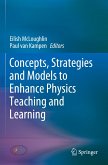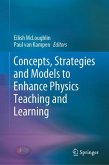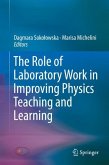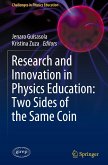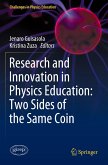Teaching is characterized by complex interactions. Therefore, it is difficult to make global statements about a teaching sequence. However, methods that aim at a global assessment of teaching have often been used in indicator-based lesson observation. It remains unclear how reliable global assessments of entire lesson sequences are since no statements can be made about dynamic processes taking place. One approach is the State Space Grids (SSG) developed by Hollenstein (2013). These make it possible to relate the development of two teaching characteristics to each other over time to visualize dynamic processes. However, there is no suitable way to numerically capture the relationship between indicators, e.g. to compare such moment-to-moment assessments with global assessments. The aim of this work is therefore to extend the SSG approach to Advanced State Space Grids with mathematically based parameters, to test their practicability, to compare them with global assessments of entire teaching sequences, and to investigate their applicability to physics teaching. Numerical and graphical elements are added to the SSG plot. These include new relation types between the recorded indicators, chi-square tests, and parameters for densities and deviations.


